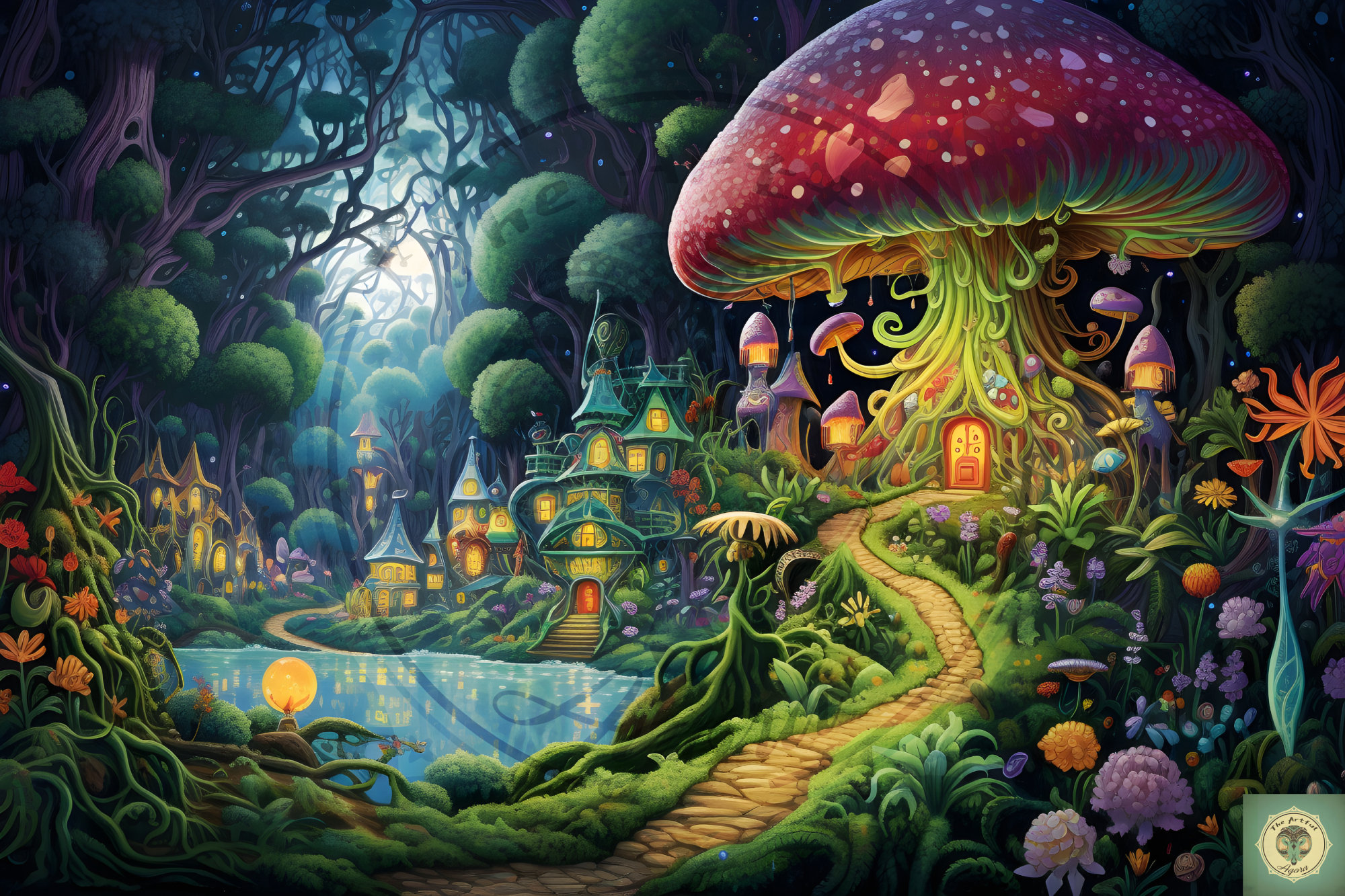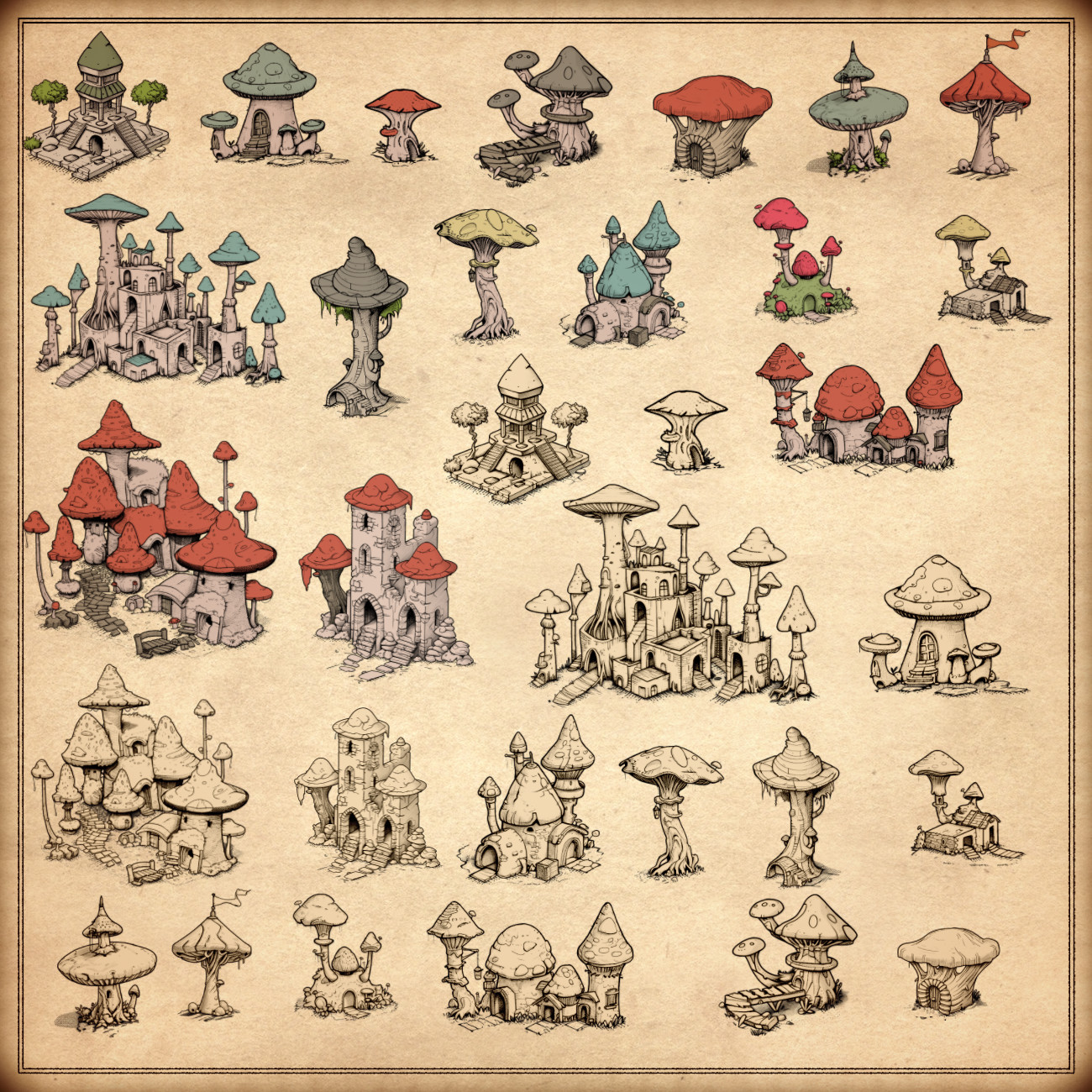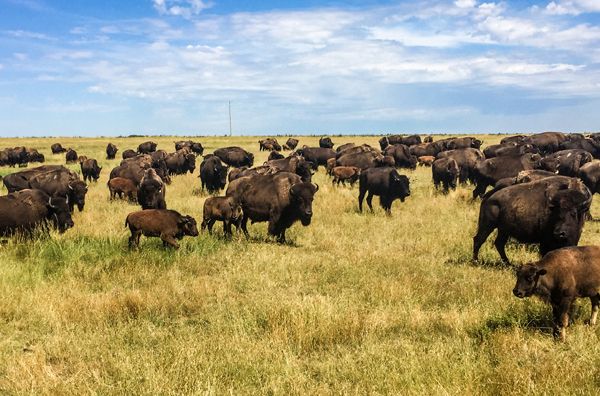
Where Legends Bloom and Fade: America’s Mushroom Towns of Myth
America, a land forged in the crucible of ambition, wilderness, and relentless expansion, is a continent-sized canvas for legends. From the whispered tales around a frontier campfire to the digital folklore of the internet age, these stories are more than mere entertainment; they are the cultural bedrock, reflecting our hopes, fears, and the enduring mystery of the unknown. And at the heart of many of these uniquely American myths lies a peculiar phenomenon: the "mushroom town."
These are the places that sprang up overnight, fueled by gold, oil, railroads, or even just the raw promise of a new beginning. They bloomed with astonishing speed, drawing dreamers and desperadoes, only to often wither just as quickly, leaving behind ghost towns, forgotten foundations, and, crucially, a rich soil for legend. The ephemeral nature of these mushroom towns, their sudden appearance and often abrupt disappearance, perfectly mirrors the shadowy, elusive quality of the legends they spawned. They are the transient stages upon which America’s most enduring myths have played out.
The Golden Allure and the Vanishing Vein: Legends of the Mining Frontier

Perhaps nowhere is the connection between mushroom towns and legends more evident than in the American West, particularly during the great gold and silver rushes of the 19th century. Towns like Bodie, California, or Central City, Colorado, erupted from barren landscapes, their populations swelling from a handful to thousands in mere months. Saloons, dance halls, banks, and brothels materialized as if by magic, chasing the elusive promise of mineral wealth. But when the veins ran dry, these towns often emptied just as swiftly, leaving behind skeletal remains, the perfect backdrop for tales of lost fortunes, spectral prospectors, and cursed mines.
Take the legend of the Lost Dutchman’s Gold Mine in Arizona’s Superstition Mountains. It’s a story rooted in the desperation and avarice of the gold rush era. Jacob Waltz, the "Dutchman" (actually German), supposedly discovered a fabulously rich gold mine in the rugged, unforgiving mountains. He took the secret to his grave in 1891, sparking a century-long treasure hunt that has claimed countless lives. The Superstitions, a place of stark beauty and deadly heat, became a mushroom patch for hopeful prospectors, each convinced they were on the verge of uncovering Waltz’s secret. These weren’t permanent settlements, but temporary camps, ephemeral gatherings of men driven by a legend, embodying the very spirit of a mushroom town’s transient ambition.
The very landscape of these boom-and-bust regions is haunted by such tales. Ghost towns like Bodie are practically living legends, their perfectly preserved, weather-beaten structures whispering stories of quick riches and quicker deaths. It’s said that if you take anything from Bodie, you’ll be cursed – a protective legend, perhaps, ensuring the town’s spectral integrity, born from the collective memory of its sudden rise and fall. These places are not just ruins; they are monuments to the fleeting nature of wealth and the enduring power of human greed and hope, rendered mythical by their very existence.
Whispers from the Wild: Cryptids and the Unsettled Frontier
As settlers pushed further into the vast, untamed American wilderness, they encountered the unknown, giving rise to legends of cryptids – creatures that defy conventional zoology. These tales often originate in remote, sparsely populated areas, regions that themselves were once, or remain, a collection of isolated, temporary settlements – mini-mushroom towns dotting the wild.
The most famous, of course, is Bigfoot, or Sasquatch. Accounts of a large, ape-like hominid roaming the forests of the Pacific Northwest and beyond stretch back centuries, rooted in Indigenous folklore and perpetuated by modern sightings. The dense, ancient forests, where logging camps and small, transient communities often sprung up and then vanished, provided the perfect cover for such a creature. The very idea of Bigfoot speaks to the lingering mystery of America’s vast, unconquered wild spaces, places where human settlements are still just temporary intrusions.
Further east, in the dense Pine Barrens of New Jersey, lurks the Jersey Devil, a winged, horse-headed creature said to have been born to a local woman in the 18th century. The Pine Barrens, a desolate stretch of forest and swamp, has long been home to isolated hamlets and communities, often cut off from mainstream society. These small, self-contained mushroom towns, with their unique customs and limited external contact, became fertile ground for local legends that could fester and grow, protected by the natural isolation. The Jersey Devil is a testament to the fear of the unknown that permeated these frontier communities, a monstrous embodiment of the wilderness itself.
And then there’s Mothman, a chilling legend born in the small industrial mushroom town of Point Pleasant, West Virginia, in the mid-1960s. A creature described as a winged, red-eyed humanoid, its appearance was linked to a series of unsettling events, culminating in the tragic collapse of the Silver Bridge in 1967. Point Pleasant, a town built on coal and chemical plants, experienced a sudden, intense burst of paranormal activity, turning it into a transient hub for researchers and sensation-seekers. The legend of Mothman is a stark example of how a specific, rapidly developing, and then often forgotten location can become indelibly etched into the national consciousness through a concentrated burst of unexplained phenomena.

Modern Myths and Secret Spaces: The Mushroom Towns of the Cold War
The mushroom town phenomenon didn’t end with the closing of the frontier. The Cold War, with its rapid technological advancements and paranoid secrecy, spawned its own kind of transient, specialized communities – places built quickly for specific, often classified, purposes. These modern mushroom towns, by their very nature of secrecy and sudden construction, became hotbeds for new legends.
Roswell, New Mexico, is arguably the most famous example. In 1947, something crashed on a ranch near Roswell, a small town that had recently seen an influx of military personnel due to the establishment of the Roswell Army Air Field. The initial military press release spoke of a "flying disc," only to be quickly retracted and replaced with the prosaic explanation of a weather balloon. This swift, conflicting narrative, combined with the presence of a burgeoning military installation (a mushroom town of strategic importance), ignited the legend of a UFO crash and a government cover-up. Roswell became, and remains, a pilgrimage site for believers, a global symbol of extraterrestrial visitation, all thanks to a brief, intense period of unexplained events in a rapidly developing military community.
Similarly, Area 51 in Nevada is the ultimate secret mushroom town. Built in the remote Nevada desert during the Cold War as a testing site for advanced aircraft like the U-2 spy plane, its very existence was shrouded in secrecy for decades. This secrecy, the constant coming and going of classified personnel, and the strange, experimental aircraft seen flying overhead, fueled rampant speculation. Area 51 became synonymous with alien technology, reverse engineering, and clandestine government operations. It’s a town that exists solely for its purpose, a temporary, highly specialized settlement that has, by design, become a powerful legend in its own right, a magnet for conspiracy theories and a testament to humanity’s enduring fascination with the unknown and the forbidden.
The Enduring Fabric of American Identity
From the dusty mining camps of the Sierra Nevadas to the clandestine airfields of the Nevada desert, America’s mushroom towns – whether temporary settlements or strategic outposts – have served as fertile ground for its legends. These are not merely quaint tales; they are narratives that speak to core aspects of the American experience: the relentless pursuit of wealth and progress, the encounter with an often-unforgiving wilderness, the drive for innovation, and the pervasive human need to explain the inexplicable.
The mushroom town, in its transient nature, embodies the restless spirit of America itself – a nation always moving, always seeking, always transforming. These legends, born in the fleeting moments of boom and bust, of discovery and mystery, remind us that beneath the veneer of progress and modernity, there remains a deep, primal connection to the unknown. They are the spectral echoes of a nation built by dreamers, pioneers, and opportunists, who, in their hurried pursuit of the future, inadvertently left behind a timeless legacy of myth. And as long as there are new frontiers to explore, new technologies to unveil, and new secrets to keep, America’s mushroom towns, in whatever form they may take, will continue to sprout, nurturing the next generation of captivating, uniquely American legends.


